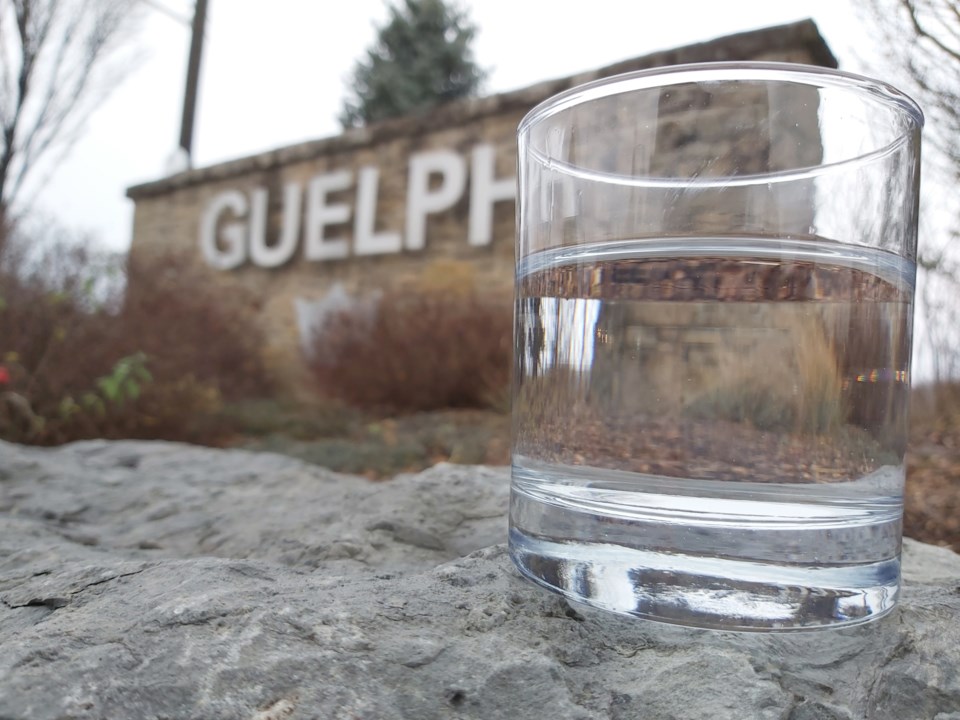Guelph will reach beyond its borders for enough water to accommodate growth to 2051, council confirmed Monday when it unanimously approved an updated Water Supply Master Plan.
Among other things, that update will see the city look to well sites in Puslinch and Guelph-Eramosa townships, as well as several other measures, in order to meet demand while still meeting provincially mandated growth targets.
“We do have enough water,” deputy CAO Jayne Holmes assured council, later acknowledging that’s dependent upon staff recommendations being implemented.
The city currently has nearly 145,000 residents and is mandated to grow to 203,000 by 2051, though council recently approved a motion seeking to increase that number to 208,000 in light of the annexation of the Dolime Quarry lands and planned development there.
As noted in the master plan update report, the city has a “firm water supply” capacity of approximately 65,447 m3 to 79,422 m3 per day through the existing water-taking system. That system includes 25 drilled groundwater wells – including Arkell Spring Grounds on city-owned lands in Puslinch – shallow and deep bedrock aquifers, one groundwater collection system, the Eramosa River intake and a groundwater recharge system.
By 2051, demand in Guelph is expected to be between 68,306 m3 /day and 91,530 m3 /day, which could reach beyond what the current system can provide.
In order to overcome that deficit, city staff took a look at water conservation, efficiency and demand management; groundwater sources both inside and outside city limits, creation of an aquifer storage and recovery system; and local surface water systems.
“It’s an assumption at this time that we’ll be able to achieve it,” Coun. Cathy Downer said of the predicted water-taking levels, noting the city could fall short if some of the approved measures don’t pan out as thought or if a worse than expected drought were to happen.
“I’m not certain we can reasonably predict out 30 years,” added Coun. Phil Allt, who said he treats such predictions with “a certain amount of skepticism” and is “under no illusion” the city won’t have to consider a pipeline from Lake Erie in future.
“I think the next 30 years is going to be more than challenging for us.”
If issues with supply were to appear, ciy staff told council adjustments to the amount or speed of growth could be adjusted.
The update also includes a number of other staff-recommended steps aimed at increasing supply and decreasing individual water use – efforts which come with an estimated $222 million price tag collectively.
